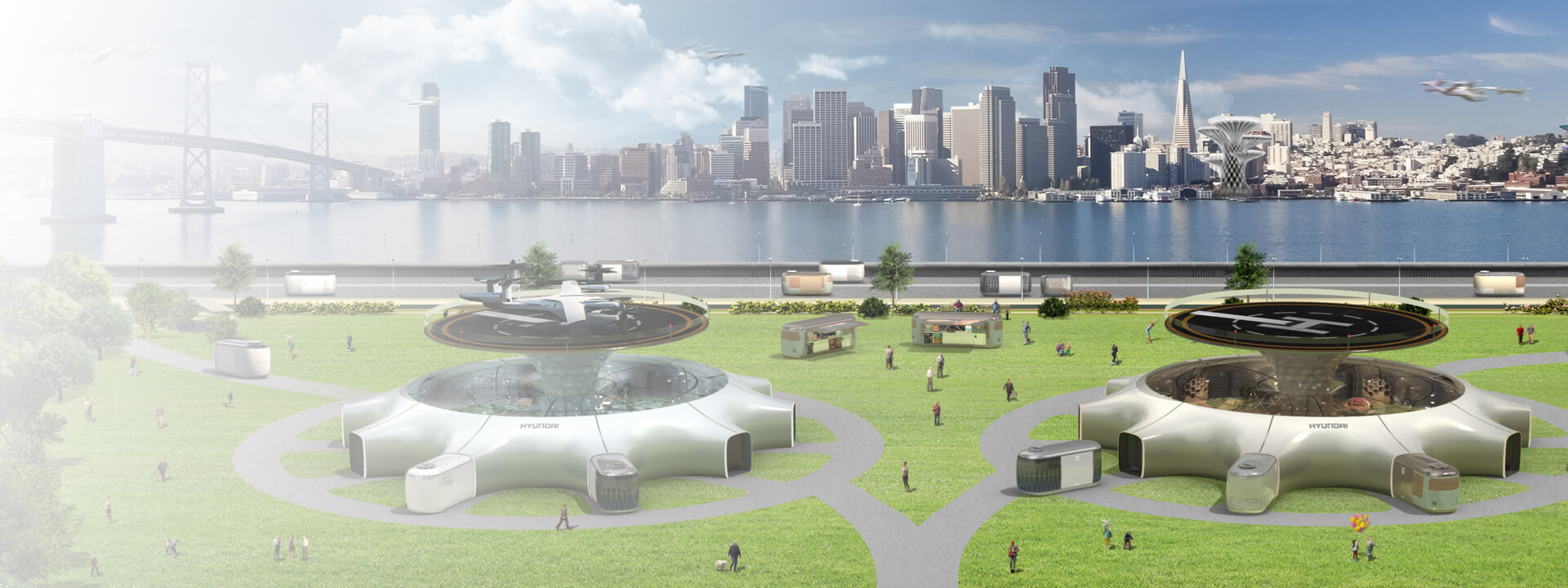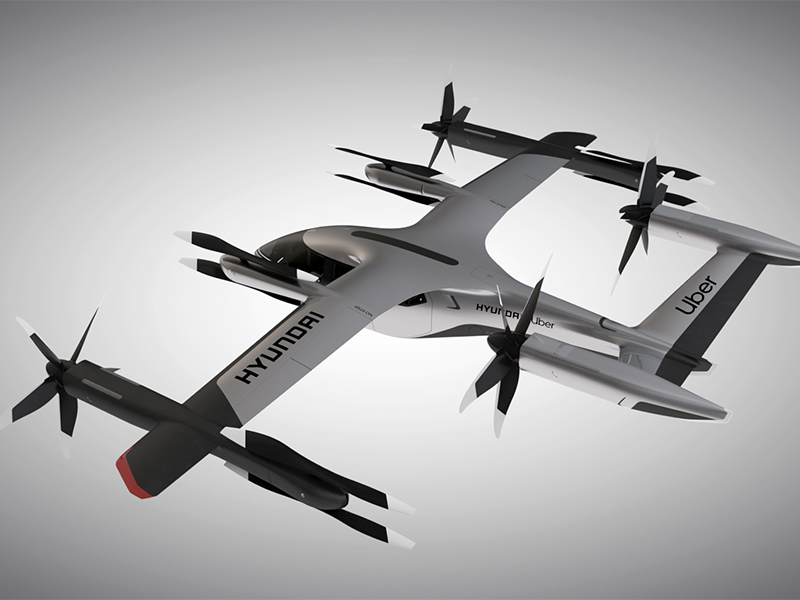The future is now with Hyundai.
Check out these Innovative technologies that Hyundai has recently revealed!
Hyundai continues to break new ground with ingenious new car concepts and futuristic technology that is set to change the way we drive. Here are just three recent examples of how Hyundai is at the cutting edge of technological innovation!
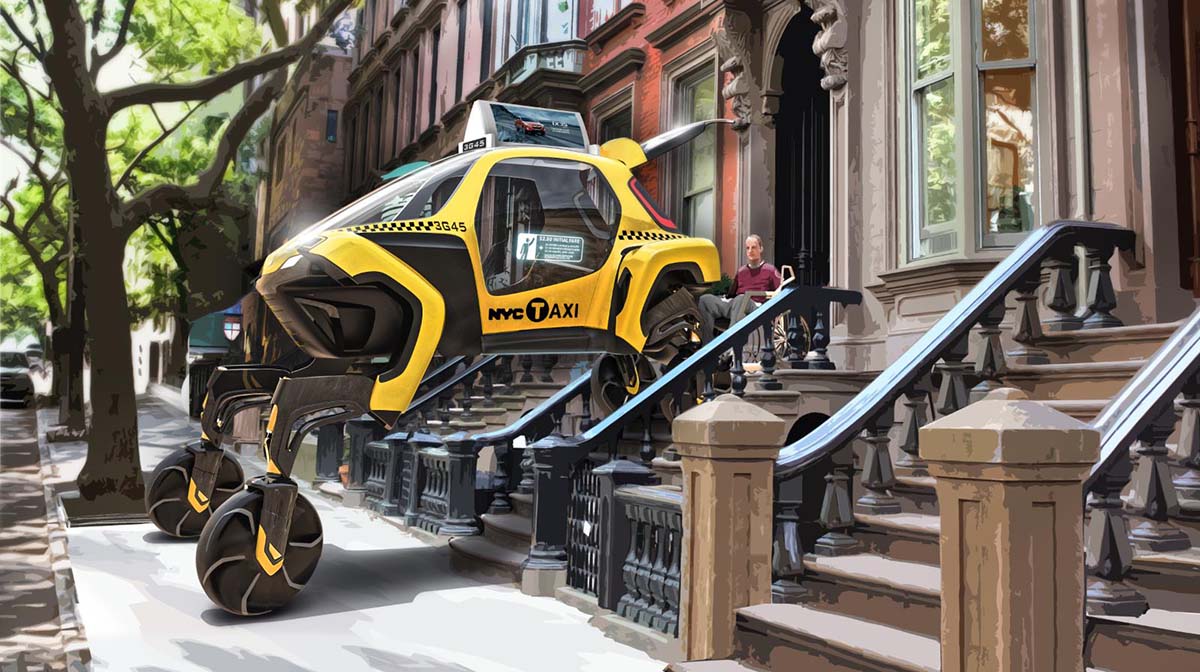
HYUNDAI WALKING CAR CONCEPT - THE FUTURE OF THE FIRST RESPONDER INDUSTRY?
Any first responder will tell you that the first 72 hours following a natural disaster are the most crucial to saving lives. However, often, due to the nature of the disaster (forest fire, earthquake, hurricane, or flood), it can be difficult for search-and-rescue and humanitarian aid missions to reach and get immediate help to those in need.
The need for efficient, rapid, resilient transportation for disaster assistance is what led Hyundai to develop the first-ever vehicle with movable legs. Elevate is the first Ultimate Mobility Vehicle (UMV), blending technology found in electric cars and robots, which allows it to traverse terrain beyond the limitations of even the most capable off-road vehicle.
John Suh, Vice President and Head of Hyundai CRADLE – the hub for Hyundai’s open innovation business – added that the technology goes well beyond emergency situations. “The technology goes well beyond emergency situations,” he said. “People living with disabilities worldwide that don’t have access to an ADA ramp could hail an autonomous Hyundai Elevate that could walk up to their front door, level itself, and allow their wheelchair to roll right in. The possibilities are limitless.”
HYUNDAI UNVEILS NEXT-GENERATION VISUAL TECHNOLOGY AT CES 2019
Hyundai Motor Group, in collaboration with Swiss deep-tech start-up company WayRay AG, unveiled the world’s first Holographic Augmented Reality (AR) Navigation System equipped in the Genesis G80 at global tech show CES 2019 in Las Vegas.
The biggest advantage of a holographic AR navigation system is that the stereoscopic image is displayed on the actual road and appropriately adjusted in accordance with the specific viewing angle of the driver, thereby delivering accurate driving guidance. The driver can enjoy vivid and precise holographic images without wearing a headset. The direction of movement is kept precise through the vehicle speed in real-time, and projecting navigational alerts through the windscreen onto the road allows drivers to navigate safely while looking ahead undistracted.
Yunseong Hwang, Director of Open Innovation Business Group from Hyundai Motor Group, said that the demo car is an important step towards technology-driven innovation. “Future mobility windshields will be more than just a piece of glass,” he said. “AR holographic powered glass will serve as a platform to provide new services and open up new in-vehicle experiences.”
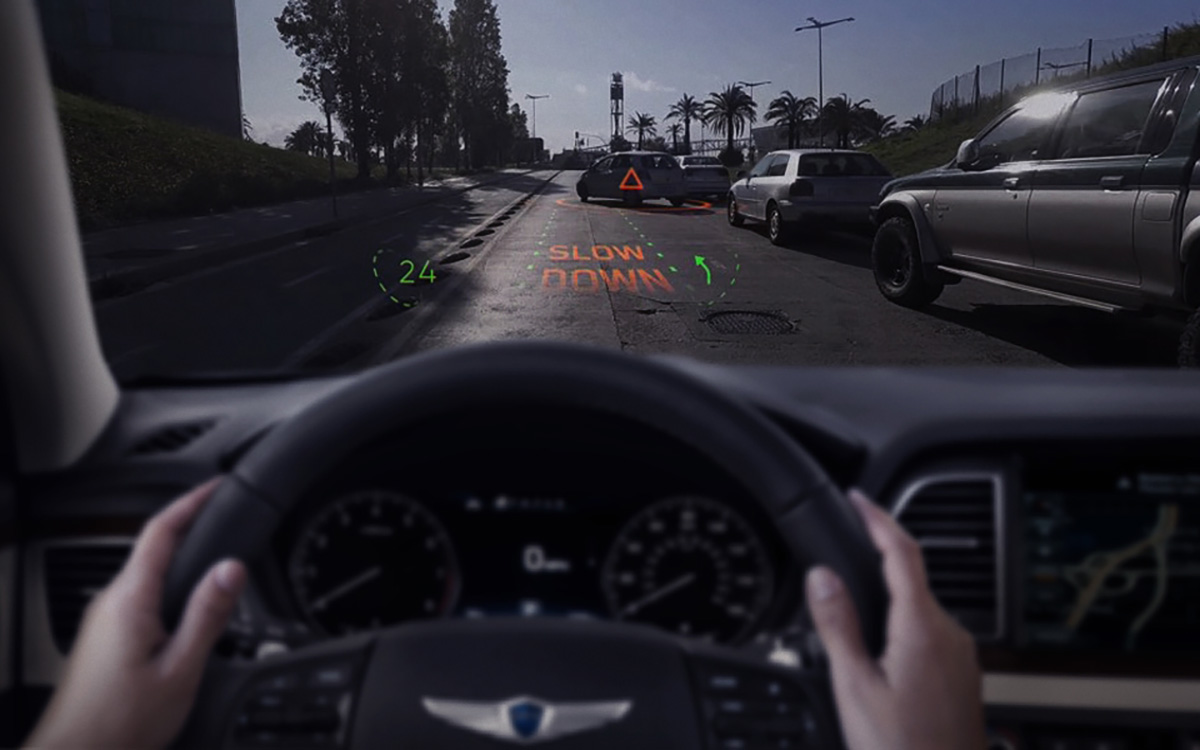
HYUNDAI REVEALS LIFE-CHANGING TECHNOLOGY TO ASSIST HEARING-IMPAIRED DRIVERS
Hearing-impaired drivers are dependent mainly on their sight and touch senses. Now, Hyundai has created a way of communication for hearing-impaired people that incorporates both external sounds through tactile and visual means, thereby expanding freedom of mobility to all drivers regardless of their physical limitations.
The technology utilises artificial intelligence to analyse external sound patterns and employs two separate driving assist systems – Audio-Visual Conversion (AVC) and Audio-Tactile Conversion (ATC) – that work together simultaneously to help hearing-impaired drivers who have an acute, highly developed sense of touch and attuned visual capabilities.
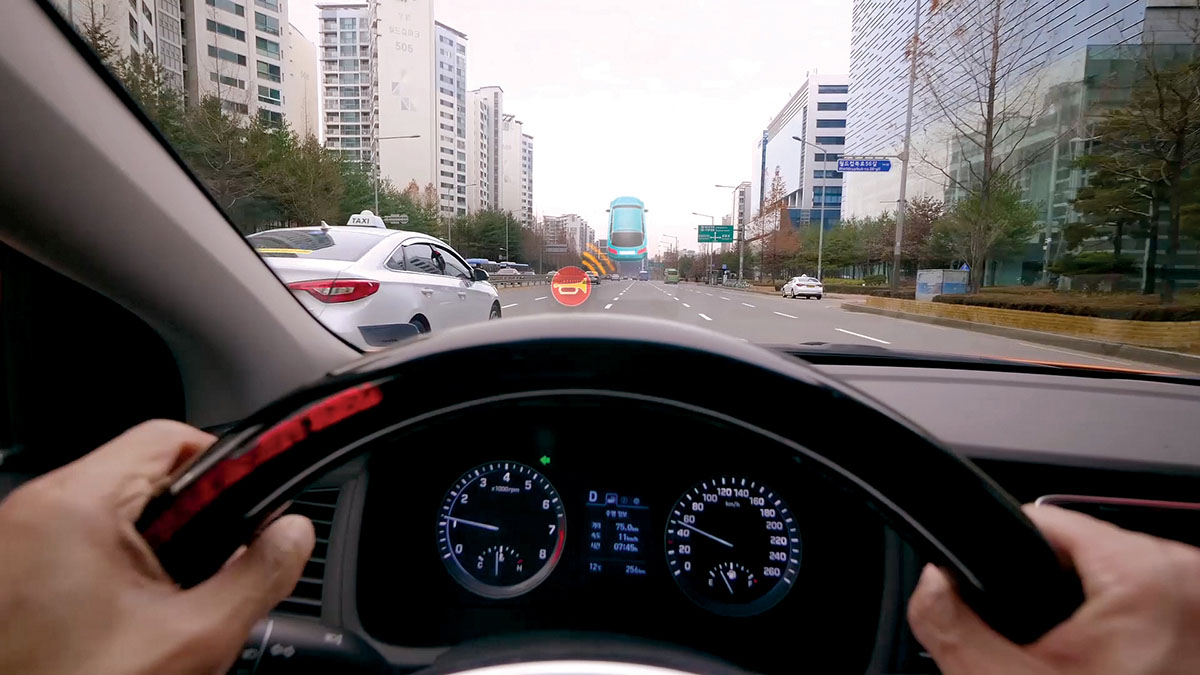
Daeho Lee, Seoul’s first-ever designated hearing-impaired taxi driver, recently showcased the driving assist technology in a video called ‘The Quiet Taxi’.
The campaign video, and the technology itself, emphasises the value of “freedom of mobility”, demonstrating Hyundai’s efforts to enable the hearing-impaired to drive freely and safely using state-of-the-art innovative developments.



